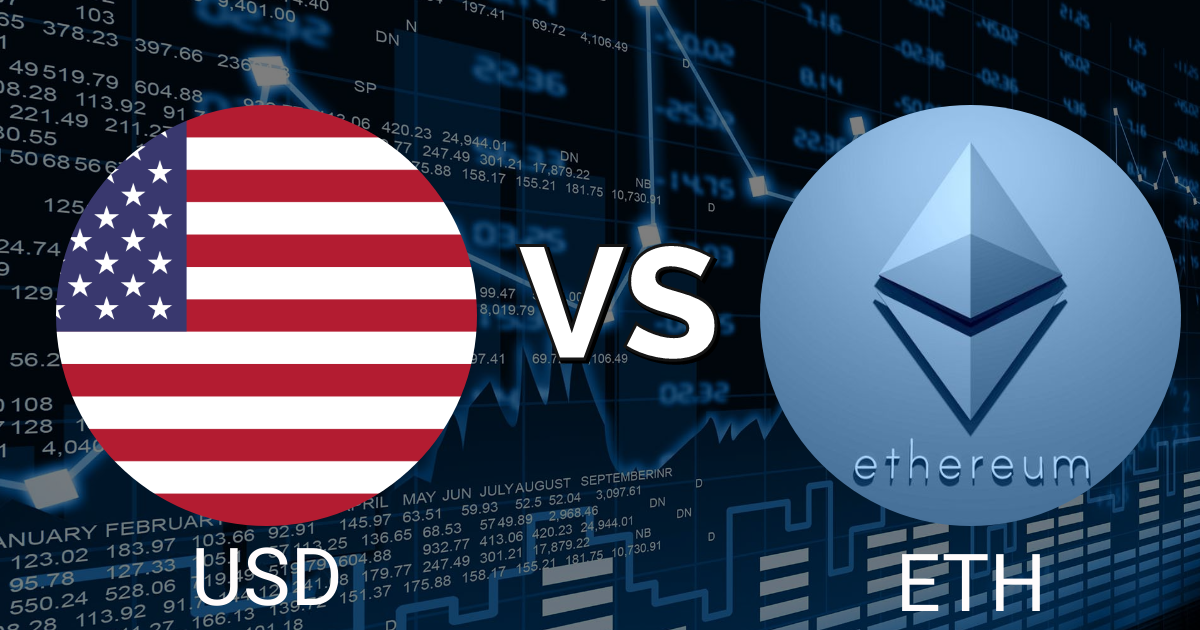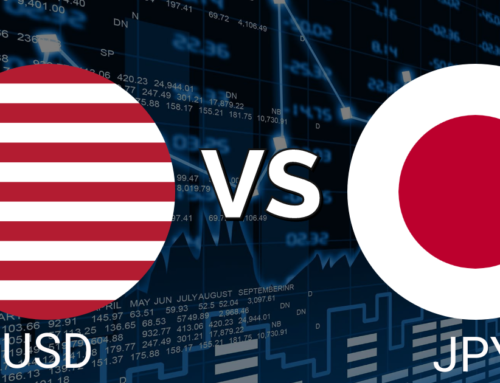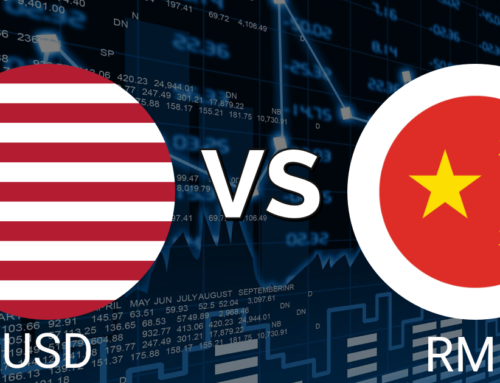
The history of Ethereum and US dollar is complex, but as to the history of Ethereum’s ether from US dollar is a much shorter story. Ether was introduced as a fundraising instrument to finance development of the Ethereum platform. The initial price at which ether was sold for US dollars was set by the founders of the Ethereum project on March 30, 2014 in a pre-sale that concluded on April 2, 2014. The price was approximately 0.0322 bitcoins per ether.
What is Ethereum?
Ethereum is a software platform based on blockchain technology that allows for the global transmission of value using its native currency ether without the intervention of a third party. However, it has a lot more capabilities.
Ethereum was created by Russian-Canadian computer programmer Vitalik Buterin in 2013 as a way to extend the use of cryptocurrencies by allowing developers to build their own unique applications. These Ethereum-based applications, called “decentralized applications,” or dapps, are self-executing thanks to the use of smart contracts.
Smart Contract
Smart contracts are code-based operations that execute on the Ethereum blockchain automatically when certain criteria are met. It’s possible to create all sorts of financial products using smart contracts, including lending cash when collateral is deposited into a designated wallet or executing a transaction when a certain criteria are met. The smart contracts are the foundation of all Ethereum-based dapps, as well as any other dapps developed on other blockchain platforms.
Ethereum Advantages
Ethereum’s supporters say that its main advantage over Bitcoin is that it allows users and enterprises to do far more than simply exchange money. It has been dubbed the “world’s hottest platform for cryptocurrencies and blockchains” by Bloomberg, with firms like JPMorgan Chase, Intel, and Microsoft putting money into it.
Bitcoin trades in cryptocurrency, whereas Ethereum has a number of options for trading, including cryptocurrencies (Ethereum’s is known as Ether), smart contracts, and the Ethereum Virtual Machine (EVM).
Ethereum’s average block time is substantially shorter than Bitcoin’s: 12 seconds versus 10 minutes. This translates into more block confirmations, allowing Ethereum miners to produce more blocks and earn more Ether.
Ethereum as Digital Investment
In August 2014, Ethereum held its initial coin offering and released its own cryptocurrency, ether, through it. At a price of $0.31 per coin, 50 million ETHs were sold during the event, bringing in over $16 million for the project.
Unlike many other cryptocurrencies, Ethereum’s cryptocurrency has an infinite supply, which means there is no limit to how much ether may be produced.
The inflation rate of ether is about 4.5 percent per year, according to the project’s official website. Since the first ever Ethereum block was mined, block rewards have been cut twice. The genesis block is the very first block in the blockchain. Because Ethereum does not have a predetermined block reward reduction mechanism like Bitcoin, its block rewards will gradually decrease. The community debates and votes on proposals called “Ethereum Improvement Proposals,” or EIPs, that would be included in future updates to the software code of Ethereum. Here’s a summary of ether’s issuance pattern up to now.
- Block 0 to Block 4,369,999: 5 ether
- Block 4,370,000 to 7,280,000: 3 ether (changed via EIP-649)
- Block 7,280,000 to now: 2 Ether (changed via EIP-1234)
A second factor that affects the issuance rate is a feature known as the “difficulty bomb.” This refers to a mechanism that bumps up the mining difficulty on Ethereum’s original blockchain (before it converts to proof-of-stake Ethereum 2.0).
Ethereum 2.0
Ethereum 2.0, also known as “Serenity,” is a significant upgrade that aims to speed up, optimize, and scale the world’s second-largest cryptocurrency by moving from a proof-of-work protocol to a proof-of-stake system.
Ethereum’s new proof-of-stake (PoS) system, nicknamed “Casper,” will be implemented in 2019. Users of the network will lock up their coins to join the network as opposed to utilizing costly, energy-intensive mining equipment. The process of staking is as follows: each staker must lock up 32 ethers or join a staking pool and contribute their ether to the construction of new blocks on the Ethereum PoS blockchain. The Ethereum 2.0 upgrade is being implemented in phases. The following are the initial ones:
- Phase 0: Beacon chain and proof-of-stake launch
- Phase 1: Merging the old and new Ethereum blockchains
- Phase 2: Introduction of “shard” chains and roll-up technology
- Phase 3: Security improvements
The Beacon is a separate Ethereum blockchain that launched a proof-of-stake system in December 2020, followed by the Starteum Project’s Phase 0. It also manages new Ethereum blockchains known as “shard chains,” as well as block creation, transaction verification, staking rewards, and managing new Etherum networks called “shard chains”.
PoS and sharding both enabled, Ethereum developers anticipate that they will continue to improve the network’s security. This includes adding anonymity mechanisms to block proposals so that validator identity are hidden. To improve the network’s security, validators are being integrated into the system in a more granular manner, with randomness being further enhanced by utilizing new technologies such as the Verifiable Delay Function (VDF).
USD News
- Hybrid Cloud Market is Poised to Reach USD 348.14 Billion by 2031 | SkyQuest Technology - EIN Newson October 22, 2024 at 5:01 pm
Hybrid Cloud Market is Poised to Reach USD 348.14 Billion by 2031 | SkyQuest Technology EIN News
- Gold Price Forecast: XAU/USD nears $2,750 in record rally - FXStreeton October 22, 2024 at 4:58 pm
Gold Price Forecast: XAU/USD nears $2,750 in record rally FXStreet
- AUD/USD Price Forecast: Decent contention emerges around 0.6650 - FXStreeton October 22, 2024 at 4:39 pm
AUD/USD Price Forecast: Decent contention emerges around 0.6650 FXStreet
- Hemostatic Agents Market Size to Achieve USD 4.5 Billion by 2031 with 6.2% CAGR, Supporting Hemostasis for Effective Bleeding Control| Transparency Market Research, Inc. - Yahoo Financeon October 22, 2024 at 4:29 pm
Hemostatic Agents Market Size to Achieve USD 4.5 Billion by 2031 with 6.2% CAGR, Supporting Hemostasis for Effective Bleeding Control| Transparency Market Research, Inc. Yahoo Finance
- U.S. Dollar Gains More Ground: Analysis For EUR/USD, GBP/USD, USD/CAD, USD/JPY - FX Empireon October 22, 2024 at 4:23 pm
U.S. Dollar Gains More Ground: Analysis For EUR/USD, GBP/USD, USD/CAD, USD/JPY FX Empire
ETH News
- SOL/ETH Ratio Hits New All-time High - "The Defiant" - The Defiant - DeFi Newson October 22, 2024 at 8:17 pm
SOL/ETH Ratio Hits New All-time High - "The Defiant" The Defiant - DeFi News
- Ethereum Could Be Heading for Massive Capitulation As Fed Rate Cut Cycle Rocks ETH: Benjamin Cowen - The Daily Hodlon October 22, 2024 at 7:55 pm
Ethereum Could Be Heading for Massive Capitulation As Fed Rate Cut Cycle Rocks ETH: Benjamin Cowen The Daily Hodl
- Raydium beats Ethereum in 24-hour fee revenues - MSNon October 22, 2024 at 6:29 pm
Raydium beats Ethereum in 24-hour fee revenues MSN
- With Binance Coin Set To Break Its All-Time High, Why Are BNB Holders Joining ETH Holders In Accumulating - Bitcoiniston October 22, 2024 at 6:04 pm
With Binance Coin Set To Break Its All-Time High, Why Are BNB Holders Joining ETH Holders In Accumulating Bitcoinist
- Cryptocurrencies Price Prediction: Ethereum, Solana & Cryptos – American Wrap 22 October - FXStreeton October 22, 2024 at 6:01 pm
Cryptocurrencies Price Prediction: Ethereum, Solana & Cryptos – American Wrap 22 October FXStreet


